Helder Knidel
Development of a hybrid method for stock trading based on TOPSIS, EMD and ELM
Jun 14, 2022
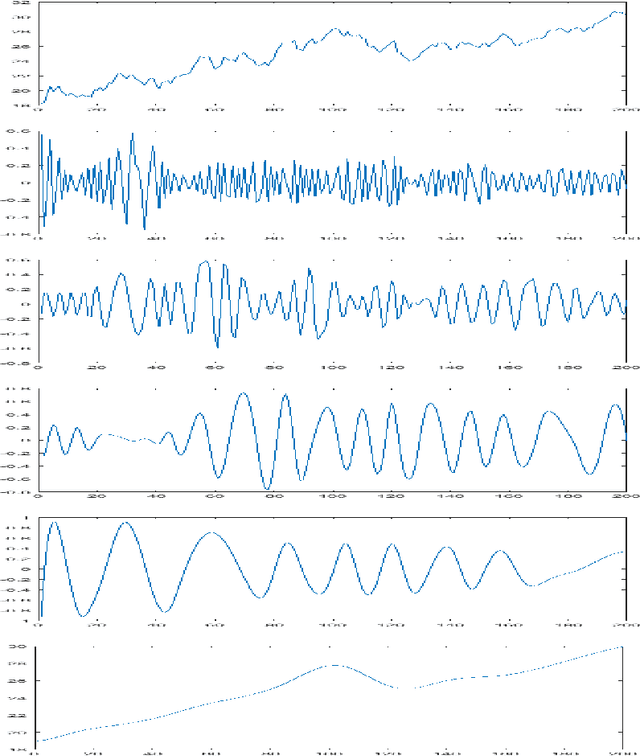
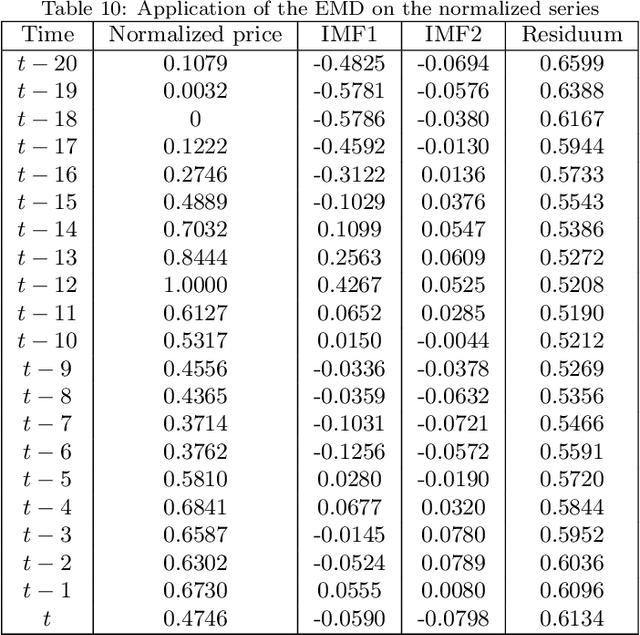
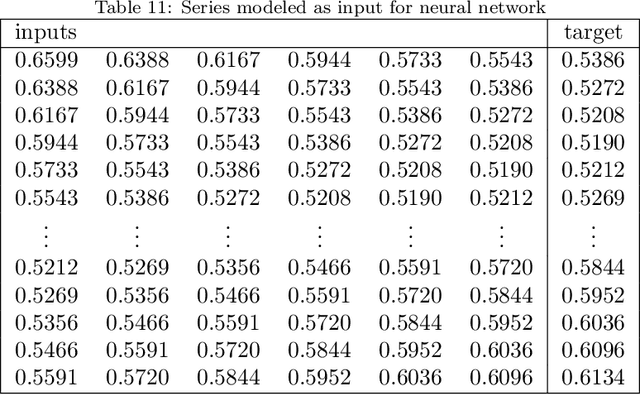
Abstract:Deciding when to buy or sell a stock is not an easy task because the market is hard to predict, being influenced by political and economic factors. Thus, methodologies based on computational intelligence have been applied to this challenging problem. In this work, every day the stocks are ranked by technique for order preference by similarity to ideal solution (TOPSIS) using technical analysis criteria, and the most suitable stock is selected for purchase. Even so, it may occur that the market is not favorable to purchase on certain days, or even, the TOPSIS make an incorrect selection. To improve the selection, another method should be used. So, a hybrid model composed of empirical mode decomposition (EMD) and extreme learning machine (ELM) is proposed. The EMD decomposes the series into several sub-series, and thus the main omponent (trend) is extracted. This component is processed by the ELM, which performs the prediction of the next element of component. If the value predicted by the ELM is greater than the last value, then the purchase of the stock is confirmed. The method was applied in a universe of 50 stocks in the Brazilian market. The selection made by TOPSIS showed promising results when compared to the random selection and the return generated by the Bovespa index. Confirmation with the EMD-ELM hybrid model was able to increase the percentage of profit tradings.
A smartphone application to detection and classification of coffee leaf miner and coffee leaf rust
Mar 19, 2019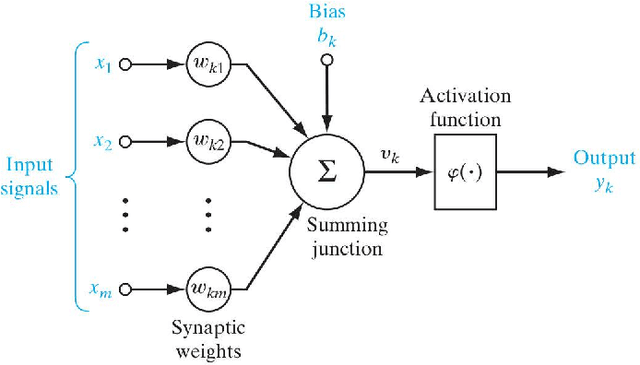

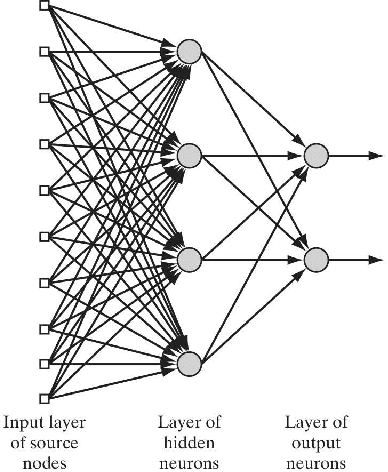

Abstract:Generally, the identification and classification of plant diseases and/or pests are performed by an expert . One of the problems facing coffee farmers in Brazil is crop infestation, particularly by leaf rust Hemileia vastatrix and leaf miner Leucoptera coffeella. The progression of the diseases and or pests occurs spatially and temporarily. So, it is very important to automatically identify the degree of severity. The main goal of this article consists on the development of a method and its i implementation as an App that allow the detection of the foliar damages from images of coffee leaf that are captured using a smartphone, and identify whether it is rust or leaf miner, and in turn the calculation of its severity degree. The method consists of identifying a leaf from the image and separates it from the background with the use of a segmentation algorithm. In the segmentation process, various types of backgrounds for the image using the HSV and YCbCr color spaces are tested. In the segmentation of foliar damages, the Otsu algorithm and the iterative threshold algorithm, in the YCgCr color space, have been used and compared to k-means. Next, features of the segmented foliar damages are calculated. For the classification, artificial neural network trained with extreme learning machine have been used. The results obtained shows the feasibility and effectiveness of the approach to identify and classify foliar damages, and the automatic calculation of the severity. The results obtained are very promising according to experts.
 Add to Chrome
Add to Chrome Add to Firefox
Add to Firefox Add to Edge
Add to Edge